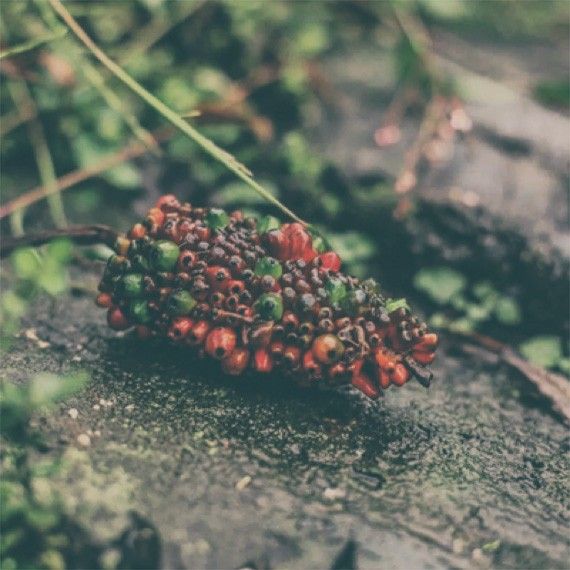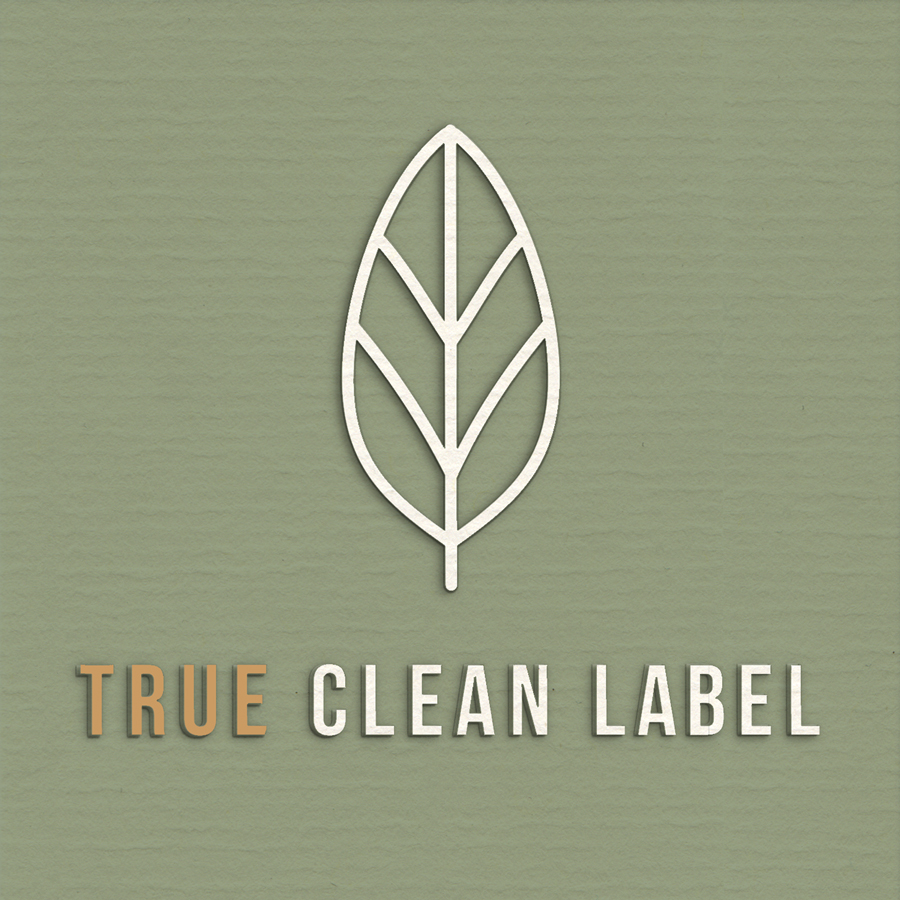Indian Frankincense (Boswellia Serrata)
For millennia the resin of the frankincense tree has been an integral component of sacred rites. The resin serves as a wound fluid in bark with which trees can seal injuries to the trunk or branches. Although commonly associated alongside gold and myrrh as one of the 3 gifts of the 3 wise men on Christmas, frankincense was presented as an offering to the old gods of the Middle East 7000 years before the common era.
Traditionally, the resin of the tree is extracted by cutting into the trunk and branches. The liquid that emerges, which is milky at first, dries on the tree solely through exposure to sunlight. Usually the cuts are carved several times, as this improves the resin quality from harvest to harvest. As a result, an increasingly high-quality, purer resin can be obtained several times a year, which can be used for a wide variety of purposes. Afterwards, the trees have to regenerate for several years to be able to build up their deposits again.
Rich in Boswellic Acids
In addition to numerous essential oils (8–12%) and polysaccharides (20–45%), frankincense contains valuable resin acids including 5–8% boswellic acid and more specifically acetyl-11-keto-beta-boswellic acid (AKBA). All compounds within the frankincense plant including these essential oils and resin acids come together to form a synergistic complex.
























